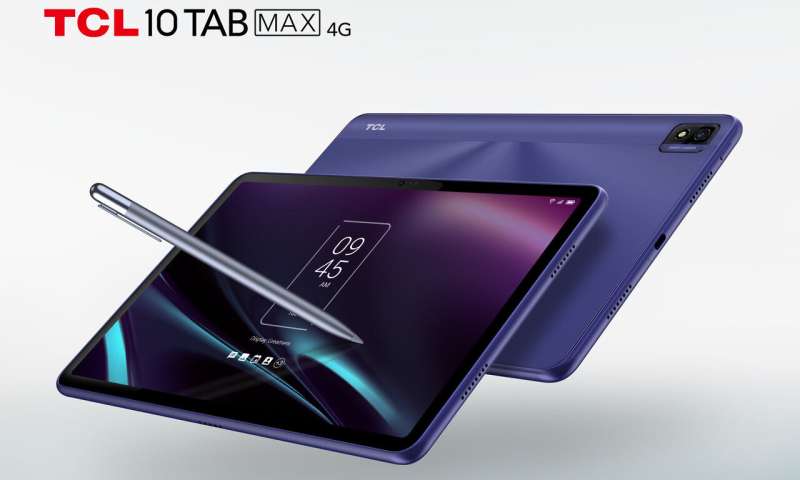September 4, 2020 report
New E Ink color display features flicker-free video

A Chinese multinational electronics company has developed a new type of screen technology that provides sharper graphics than traditional E Ink displays, with less power consumption, no backlight and an ability to display flicker-free video.
TCL Technologies reported Thursday that its Nxtpaper display is "the artistic combination of screen and paper" that can provide full HD definition. It is intended for use on tablets and e-readers, but not smaller devices such as smartphones.
Nxtpaper compares favorably to current LCD and E Ink displays, according to TCL. Its new displays achieve 25 percent greater contrast than LCDs, and are about one third the thickness.
They also are 65 percent more power efficient. TCL was able to achieve huge energy savings because instead of relying on power to provide screen backlighting, it takes advantage of natural reflective light to illuminate the screen. Devices using Nxtpaper can consequently boast not only great energy savings but significant reductions in weight since large batteries will not be required to power the screen.
E Ink displays were devised 20 years ago. They offer low-energy options and a more natural look than traditional video terminals. Products such as the Kindle Paperwhite, Kobo Aura and Sony Digital Paper offer lightweight tablets with the E Ink displays providing a more comfortable reading experience.
TCL said it devoted two years to research to design the new screen. Eleven patents were acquired specifically for eye protection techniques such as flicker-free video reproduction and the elimination of harmful blue light.
Studies have shown that blue light, which contains a very high energy level, can cause eye strain, give us headaches and negatively affect quality and quantity of sleep. Laboratory studies have shown extensive exposure to blue light can contribute to macular degeneration, an eye disorder. Tablet manufacturers offer options to reduce blue light, such as Apple's Night Shift mode, which boosts warmer, orange tones.
Nxtpaper's elimination of blue light represents a significant advantage over traditional E Ink displays. The company says it has received eye protection certifications from the German Rhine and SGS laboratories.
E Ink Corporation recently announced plans to improve its displays. With current slow refresh rates, video resolution on E Ink products reach only 100 ppi resolution. The company said it will double that resolution by next year. It hopes to follow that improvement soon after with color displays matching monochrome E Ink displays at 300 ppi.
E reader enthusiasts should expect to see increasing competition for their eyeballs soon. ClearInk features 4,096 colors and allows full motion video. It uses up to 90 percent less energy than an LCD screen. ClearInk technology does not suffer from the drawbacks of earlier e readers, such as poor contrast, slow refresh rates and higher costs.
Tianma's Reflective Color LCD can display full color and animation and does not require a backlight. But it has suffered from weak contrast and limited color range.
Along with its announcement of Nxtpaper this week, TCL also unveiled a tablet featuring "intelligent eye-protection"—no flicker, no blue light—and adjustable color and tonality that changes depending on time of day and lighting conditions. The TCL 10 TABMAX also features an advanced dual-microphone system with noise reduction, and 8 megapixel front and 13 megapixel rear cameras.
More information: www.prnewswire.com/news-releas … -2020-301123644.html
© 2020 Science X Network



















